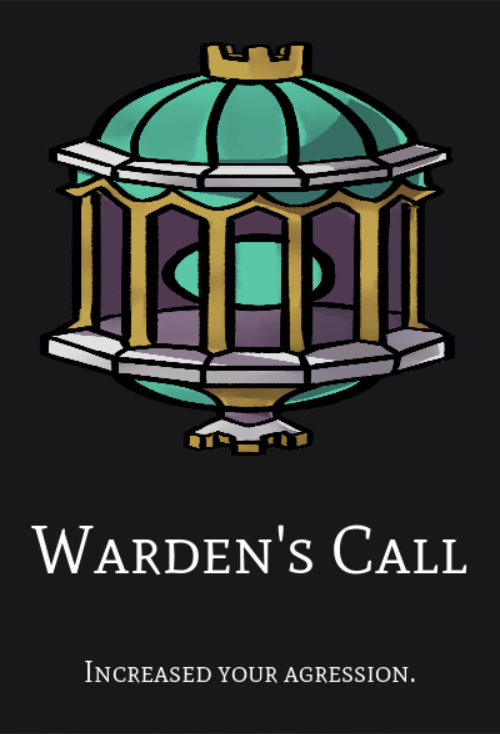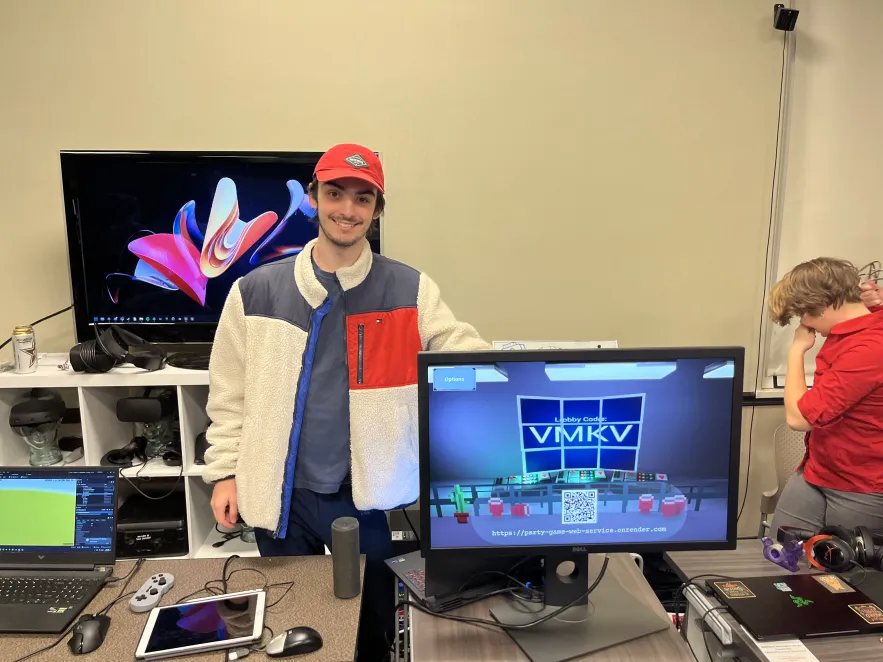Pursuit Of Laughter
Kill for the Jester God.
Game Specifications
| Catagory | Description |
|---|---|
| Itch.io Page | Itch Store Site |
| My Role | Lead Developer |
| Game Engine | Unreal Engine 5.3 (UE5) |
| Number of Players | 1-15 Player(s) |
| Genre | Rouge-Like, Story Game, Multiplayer |
| Online Subsystem | Steam |
Pursuit Of Laughter Trailers
Trailer Video.

Gameplay Demo Video.

About the Game
"Pursuit of Laughter" is developed by a dedicated team of six, under my leadership, with me handling all the programming aspects. In this captivating game, players assume the role of a lost soul resurrected by the Jester God. Tasked with returning to the Earth Realm, your mission is to collect souls on his behalf.
This journey will take you through various kingdoms where you must confront and defeat knights and sacred bosses. Each victory not only brings you closer to your goal but also strengthens your expanding arsenal of items, enhancing your abilities and preparing you for the challenges ahead.
Began as a game jam (hackathon) game and continued improving the experience afterwards.
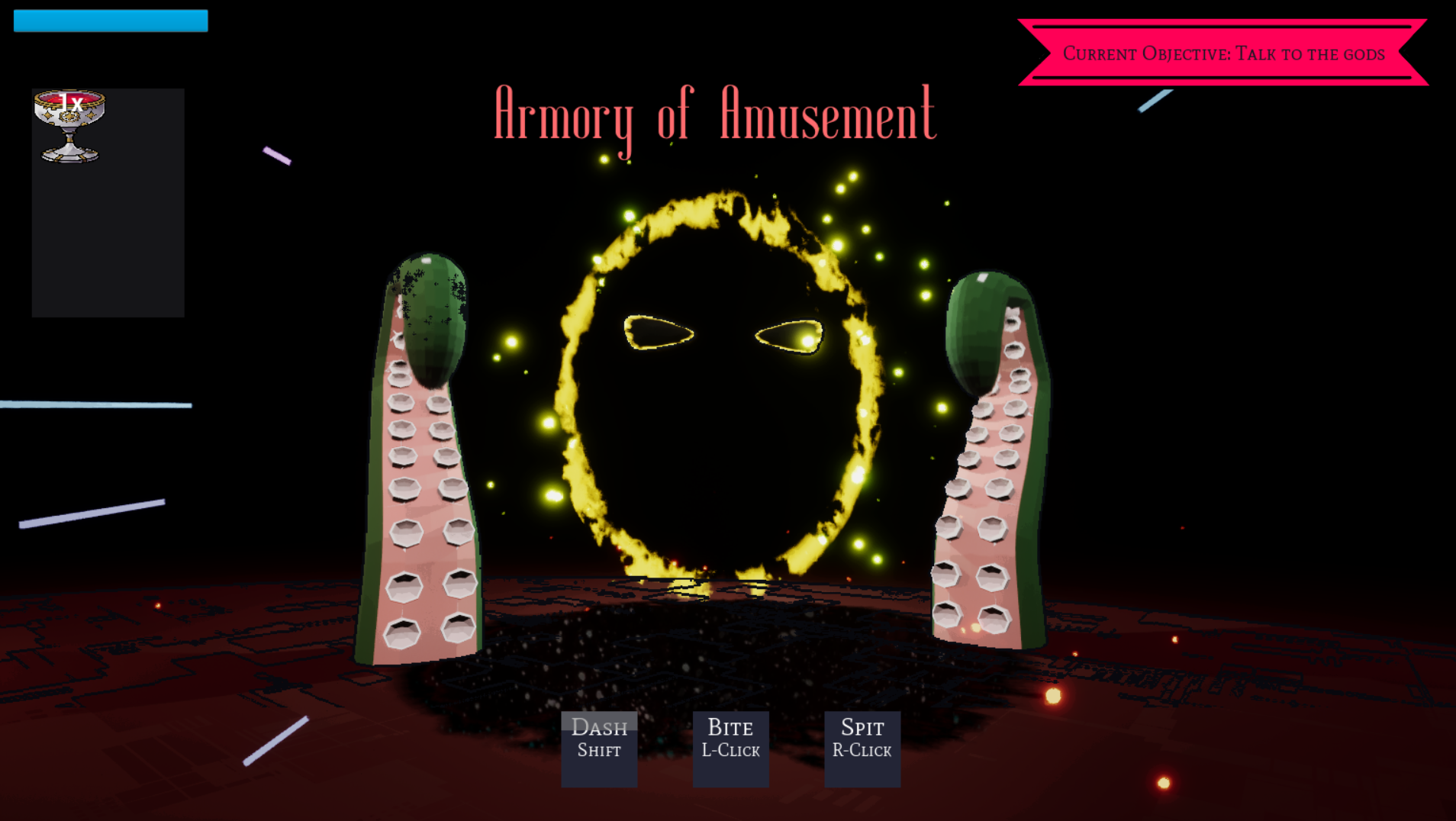
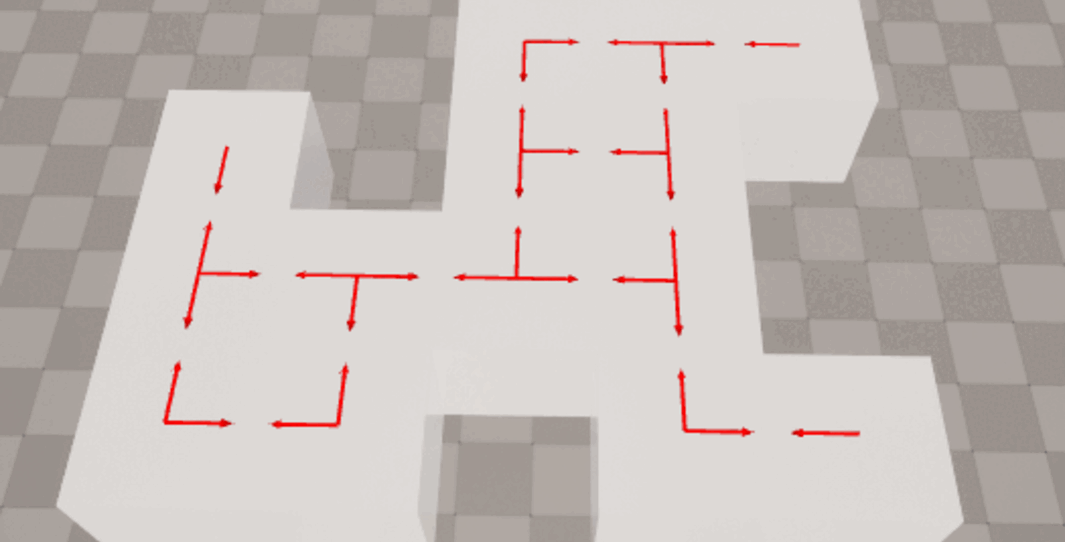
Level Creation
In our new roguelike game, we merged randomized levels with controlled design for a fair yet challenging experience. I created a tool for precise block placement, influencing their orientation and determining boss encounter starting points, thus directing the player's journey through the game.
To improve multiplayer performance and minimize latency, each level is independently instantiated. I integrated scripts in each tile for flexible customization of key elements such as boss, player, enemy positions, level start points, and kill zones. This allows for precise tuning of the game's difficulty and playability.
1. Leading Programming With Teams
In my role as team leader and programmer, my primary goal was to maximize efficiency. To achieve this, I implemented a project management system using Trello, ensuring constant updates and seamless communication across the team. While developing the AI, I recognized the need for enemies to possess a basic punch capability. To address this, I designed a modular "Bite" component that could be easily integrated into any enemy class. Collaborating closely with our boss scripter, we evaluated its potential application. My approach to programming in a modular and abstract manner facilitated its effortless incorporation, enhancing our game's AI complexity and interaction dynamics.
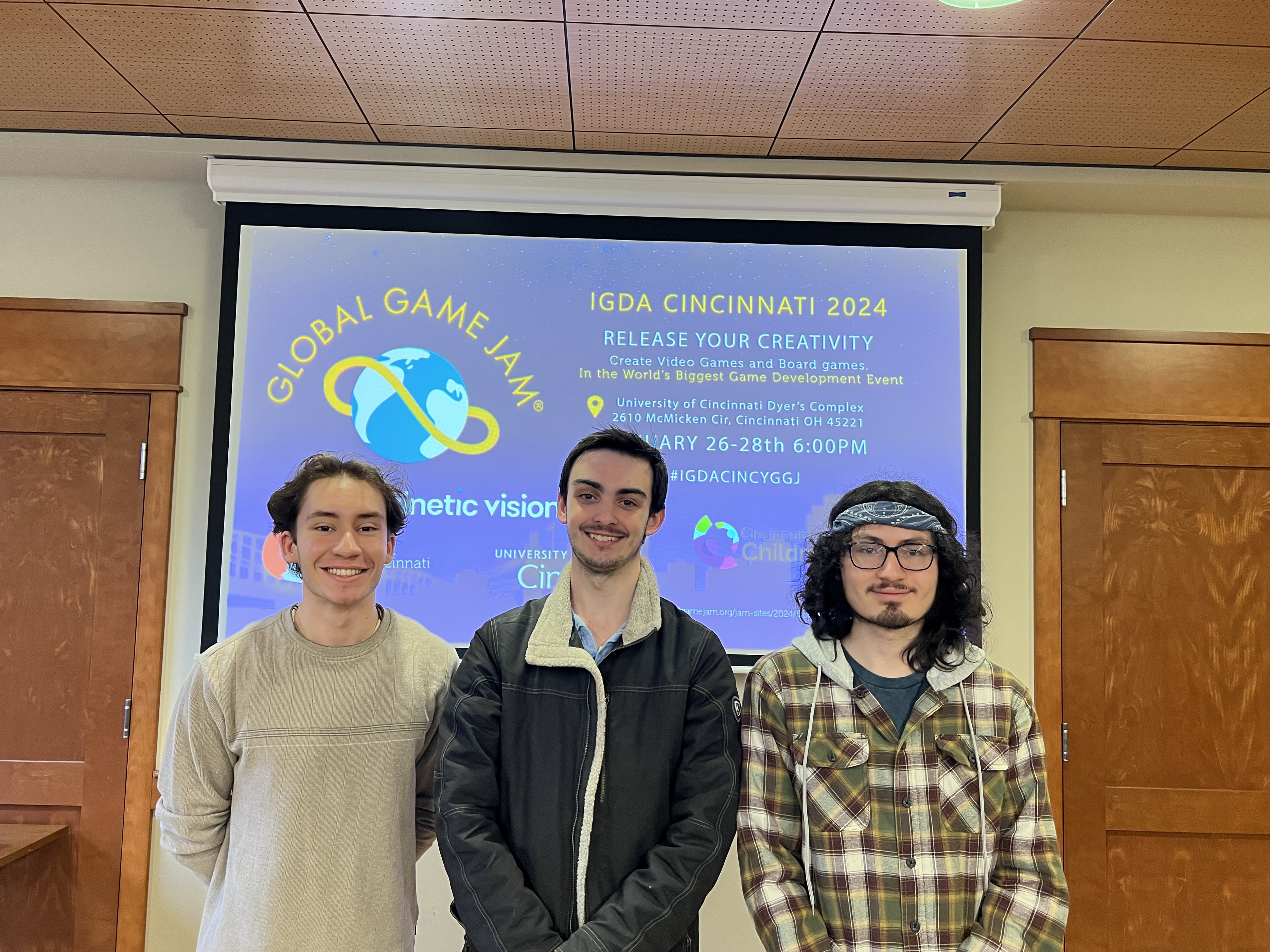
Multiplayer Focus
I've always been passionate about multiplayer gaming, leading me to integrate component replication early in my projects. A challenge emerged when initiating dialogues with the 'jester god' in playtests—either all players would enter the dialogue or only the server player would. I resolved this by making dialogues local actions and using a delegate to notify the server upon completion, smoothing the transition to the Earth raid. This adjustment significantly improved multiplayer synchronization and gameplay experience.
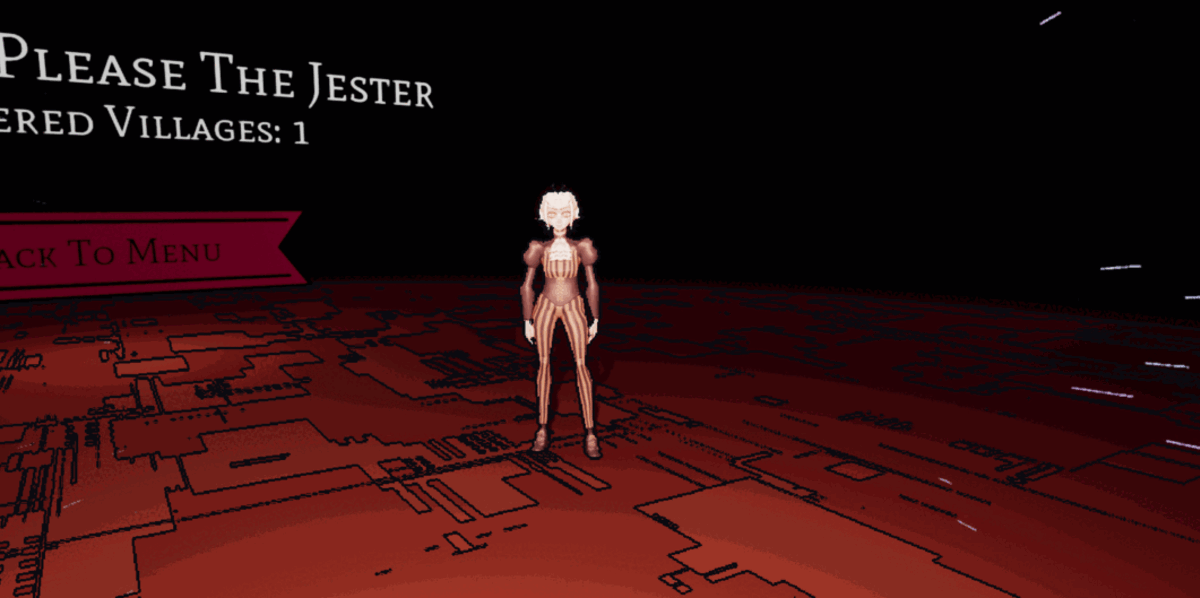
Enhancing Gameplay through Modular Design
In the game I developed, I implemented a comprehensive combat system that allows both allies and enemies to share items and abilities, enabling seamless integration across levels. This approach led to a significant improvement when playtesters expressed interest in using a spear-throwing ability initially exclusive to knight enemies. By leveraging the system's modularity, I adapted this feature for player use by adjusting parameters such as mesh models, particle effects, and values within the class blueprint, thus enriching the gameplay experience by incorporating the "Spear Spit" ability into the player's arsenal.
